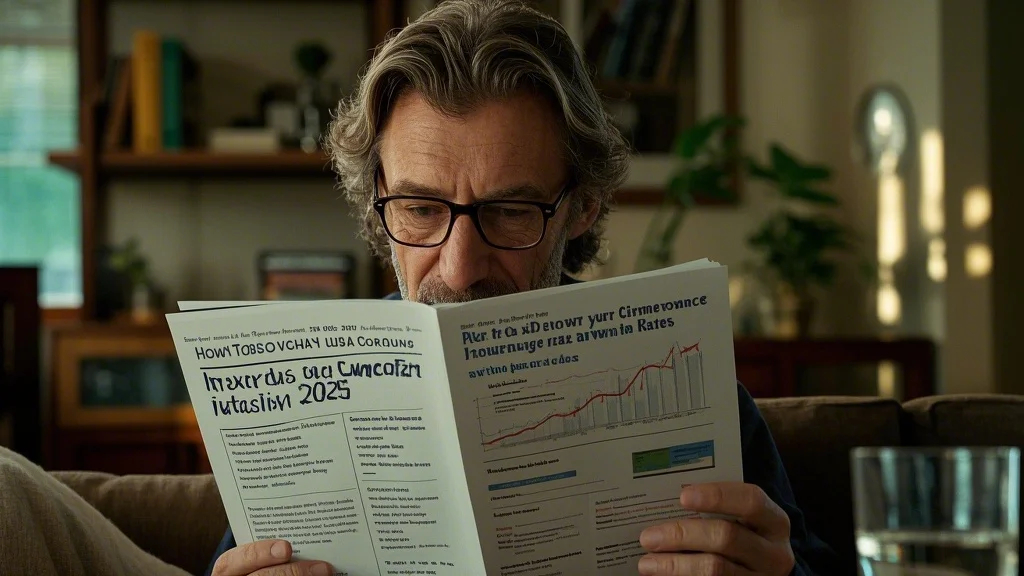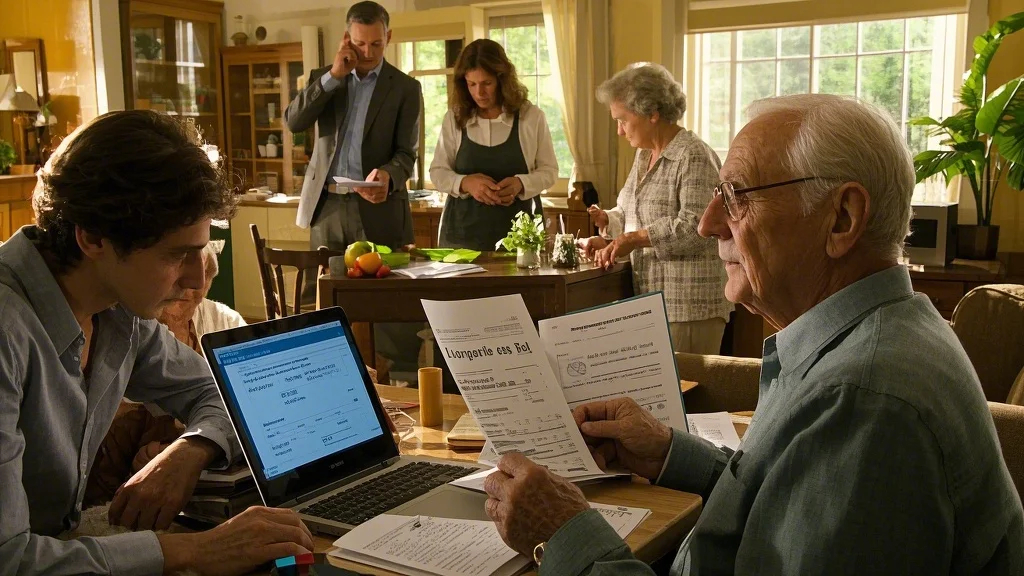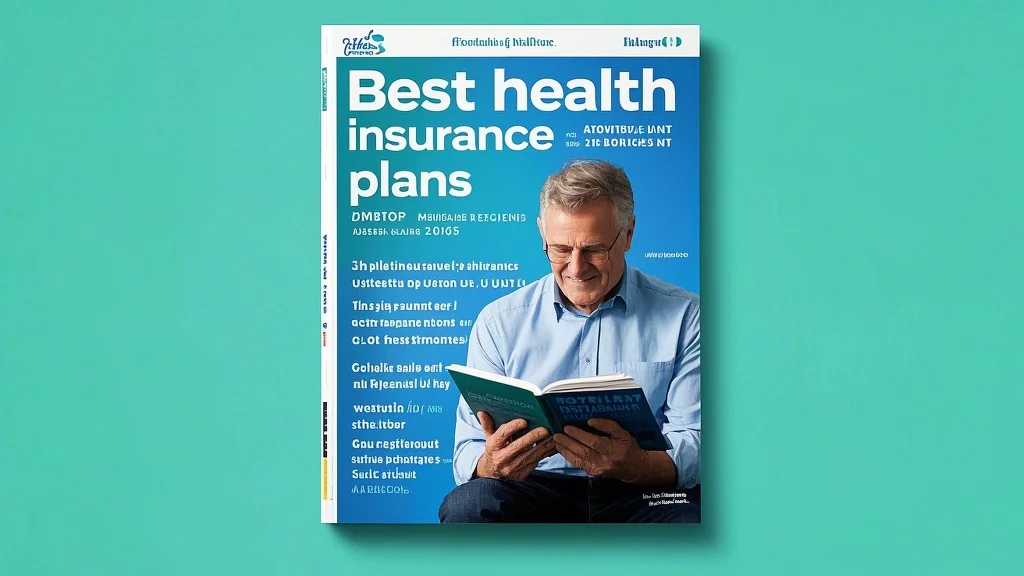Understanding Homeowners Insurance Rate Factors for 2025
As we approach 2025, several emerging trends are reshaping homeowners insurance rates, making it crucial to understand what insurers now prioritize when calculating premiums. Climate change impacts have become the elephant in the room, with carriers increasingly using sophisticated modeling to assess wildfire, flood, and severe weather risks at hyper-local levels. Many homeowners are shocked to discover their rates doubling despite never filing claims, simply because their ZIP code now falls into a higher risk category. Beyond location, insurers now scrutinize your home’s building materials (with concrete and fire-resistant roofs scoring better than wood frames), your claims history (even inquiries can raise red flags), and surprisingly, your credit-based insurance score in most states. The silver lining? Proactive homeowners who understand these levers can take strategic actions to potentially lower their premiums before renewal periods.
One often-overlooked strategy for managing homeowners insurance rates involves conducting a preemptive home insurance audit. This goes beyond simply checking your dwelling coverage amount—it includes evaluating whether you’re still paying for obsolete features (like outdated swimming pool equipment) or missing discounts for new protective measures you’ve added (such as storm shutters or a rebuilt roof). The rise of smart home technology creates new opportunities for savings, with many carriers offering 5-15% discounts for professionally monitored leak detection systems, burglar alarms, or even temperature sensors that prevent frozen pipes. As replacement costs continue rising due to construction inflation (up 4-7% annually), ensuring your coverage limits aren’t artificially high could prevent overpaying while still maintaining adequate protection.
Strategic Bundling with Auto and Umbrella Policies
One of the most effective ways to reduce homeowners insurance rates involves strategic bundling with policies from the best car insurance companies. Most insurers offer multi-policy discounts of 15-25%, but the savings potential goes much deeper when you coordinate coverage types intelligently. For instance, maintaining both home and auto policies with the same carrier often qualifies you for higher-tier discount levels, while adding an umbrella insurance policy to the package can unlock additional savings. The key is finding an insurer that excels in both property and auto coverage—some companies specialize in one but are mediocre in the other, which could leave you overpaying on half your bundle.
When evaluating best car insurance companies for bundling, look beyond just the premium savings. Consider how the insurer handles claims when multiple policies are involved—do they have dedicated bundling claims specialists? How does their homeowners coverage compare to standalone market leaders? An often-missed opportunity involves timing your policies to renew simultaneously, which simplifies comparison shopping and strengthens your negotiating position. For high-net-worth individuals, some premier insurers offer “all-risk” bundled packages that provide broader coverage than standard policies while still delivering significant savings compared to piecing together separate policies. Remember that umbrella policies typically require minimum liability limits on your underlying coverage, so ensure your bundled home and auto policies meet these thresholds to maintain seamless protection.
Investment Property Insurance Cost-Saving Strategies
Owners of rental properties face unique challenges when managing property insurance for investors, as standard homeowner policies won’t properly cover rental situations and landlord-specific policies often carry higher premiums. The 2025 market introduces both challenges and opportunities—while climate risks are pushing rates up in many areas, new insurance products are emerging for short-term rental properties and portfolio policies covering multiple units under single deductibles. Savvy investors now use loss control programs (like regular property inspections and tenant screening requirements) to qualify for preferred rates with specialty carriers. Another often-overlooked strategy involves separating land value from rebuilding costs in your coverage calculations—since land isn’t at risk from most perils, over-insuring based on property value rather than reconstruction costs wastes premium dollars.
Effective management of property insurance for investors requires different tactics based on your portfolio size. Owners of 1-4 units might benefit from package policies that combine dwelling coverage with liability protection, while larger investors should explore commercial policies or even captive insurance solutions. The rise of proptech has introduced new options like usage-based insurance for vacation rentals that adjust premiums based on actual occupancy. For properties in high-risk areas, consider alternative risk transfer mechanisms like catastrophe bonds or parametric insurance alongside traditional coverage. Regular policy reviews are especially important for investors, as properties age out of certain coverages (like roof surface warranties) or become eligible for new discounts (like those for recently upgraded electrical systems).

How Renters Can Influence Their Insurance Costs
While renters insurance quotes are generally more affordable than homeowners policies, smart tenants can employ strategies to further reduce costs without sacrificing coverage. The 2025 rental market sees insurers placing more emphasis on building-level factors beyond your control (like fire suppression systems and neighborhood crime rates), but you still have several levers to pull. Increasing your deductible from $500 to $1,000 could save 15-25% on premiums—a calculated risk if you maintain sufficient emergency savings. Many renters overlook location-based discounts available in gated communities, high-rise buildings with security staff, or properties near fire hydrants/stations. If you’re part of professional associations (even alumni groups), check for group insurance programs that offer preferred rates to members.
When comparing renters insurance quotes, pay attention to how insurers value your possessions. Actual cash value policies might seem cheaper initially but can leave you significantly undercompensated when making claims. The growing smart home trend benefits renters too—many insurers now offer discounts for installing approved security devices (even temporary ones you can take when you move). If you work from home, verify whether your policy covers business equipment adequately or needs a supplemental endorsement. An often-missed opportunity involves maintaining continuous renters coverage even when between apartments—this builds insurance history that can qualify you for better rates when purchasing homeowners insurance later. For digital nomads or frequent travelers, look for policies with generous off-premises coverage that protects belongings anywhere in the world.
Umbrella Policy Strategies to Reduce Overall Insurance Costs
While umbrella insurance policies represent an additional premium, they can actually help lower your overall insurance expenses when structured strategically. These policies provide excess liability coverage above your homeowners and auto limits, allowing you to potentially reduce underlying coverage amounts (and their associated premiums) while maintaining equivalent protection. For example, carrying $300,000 in auto liability with a $1 million umbrella often costs less than carrying $500,000 in auto liability alone. The key is working with an insurer that offers seamless integration between your umbrella and underlying policies—the best carriers provide consolidated billing and handle claims across coverage layers without finger-pointing.
Sophisticated approaches to umbrella insurance policies involve matching coverage amounts to your specific risk profile rather than using round numbers. If your net worth is $1.4 million, a $2 million umbrella might make more sense than the standard $1 million. Some insurers now offer “shared umbrella” options for families with multiple homes or vehicles that can be more cost-effective than separate policies. An often-overlooked discount involves maintaining all underlying policies with the same insurer that provides your umbrella coverage—this “all-in-one” approach can save 10-20% compared to mixing carriers. As you accumulate assets or take on new liabilities (like serving on nonprofit boards), review your umbrella coverage annually to ensure it continues providing cost-effective protection without gaps.
Implementing a Comprehensive Rate Reduction Plan
Lowering your homeowners insurance rates in 2025 requires a systematic approach that coordinates across all your insurance products. Start by conducting a full insurance audit—list all policies, coverage amounts, deductibles, and discounts to identify potential overlaps or gaps. Create a timeline of upcoming renewal dates to avoid rushed decisions and allow time for competitive quoting. For homeowners, consider requesting a CLUE (Comprehensive Loss Underwriting Exchange) report to verify your claims history accuracy—errors here could be unnecessarily inflating your premiums. If you’ve made home improvements like roof replacements or electrical upgrades, gather documentation to support discount requests.
Practical steps might include increasing deductibles to lower premiums (if you have sufficient cash reserves), eliminating redundant coverage (like towing on both auto and roadside assistance policies), or taking advantage of new tech-driven discounts. Many insurers now offer 5-10% discounts for going paperless or enrolling in automatic payments. For homes in high-risk areas, explore specialized mitigation programs—some carriers offer premium credits for completing wildfire defensible space clearances or hurricane shutter installations. The most successful strategies treat insurance optimization as an annual process rather than a one-time event, adjusting as your home, assets, and insurer offerings evolve. Consider consulting an independent insurance broker who can access multiple markets and identify savings opportunities you might miss shopping on your own.
Emerging Trends That Could Impact Your 2025 Rates
Several developing factors could influence homeowners insurance rates in the coming year, and proactive homeowners can position themselves advantageously. The rise of AI in underwriting means insurers can now analyze satellite imagery to assess roof conditions and property risks without inspections—fixing visible issues before renewal could prevent premium hikes. New “green home” discounts are emerging for energy-efficient features and sustainable building materials, with some carriers offering 5-10% discounts for LEED-certified homes or solar panel installations. On the flip side, regions experiencing increased severe weather may see new surcharges or coverage restrictions—being aware of these trends allows you to mitigate risks before they impact your rates.
The insurance industry’s increasing use of “predictive modeling” means your rates may be affected by neighborhood-wide factors beyond your control, like nearby vacant properties or regional claims trends. This makes community involvement in risk reduction (like neighborhood watch programs or firewise landscaping initiatives) more financially relevant than ever. Some forward-thinking insurers now offer “wellness programs” for homes—similar to health insurance incentives—that provide premium discounts for completing preventive maintenance checklists or installing moisture detection systems. Staying informed about these evolving approaches helps you make strategic home improvements that both protect your property and potentially lower your insurance costs in 2025 and beyond.



